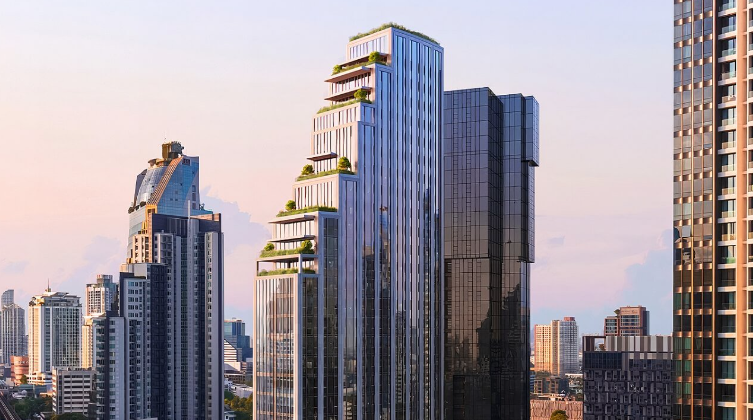Global Risk Atlas 2025: Which Variables Could Trigger a Wealth Earthquake?
◆ ◆ ◆ ◆
2025,变局之年,哪些“看不见的雷”正在埋下?
2025, the Year of Disruption
What “Invisible Landmines” Are Being Buried?
◆ ◆ ◆ ◆
有人说,2025年最重要的财富能力,不是眼光,而是预判力。
Some say that in 2025, the most critical financial ability is not vision, but anticipation.
你能不能提前看出哪儿有风险?你能不能避免被“下一个黑天鹅”波及?你能不能在别人恐慌时安稳如常?这,决定了你能否穿越这个高不确定性的时代。
Can you spot risks before they surface? Can you avoid getting caught in the next black swan event? Can you remain calm when everyone else panics? These are the abilities that will determine whether you can survive this high-uncertainty era.

根据《财富报告2025》发布的最新全球风险图谱,有三大主线风险正逐步逼近临界点:地缘政治、新一轮经济震荡、技术资产泡沫。这三股力量交织叠加,像是三条未爆的地缝,随时可能同时引爆,引发一场前所未有的“财富地震”。
According to the Wealth Report 2025, three major global risks are approaching their tipping points: geopolitical conflict, a new wave of economic turmoil, and a technology asset bubble. These three forces are interwoven like fault lines beneath the surface—each potentially explosive on its own, but together they could trigger an unprecedented wealthquake.

不同于2008年或2020年那种“突然塌方”,这次的危险更像是一场慢性病式的系统崩塌——你感知不到它正在发生,但当你意识到时,已经深陷其中。
Unlike the sudden collapses of 2008 or 2020, this time the danger resembles a chronic breakdown—you might not perceive it happening, but by the time you do, you're already deeply trapped.
最典型的信号是:富人正在提前布局避险资产,从减持高杠杆股票、转向实物资产,再到调配全球身份与税收路径,他们早就开始“预防”。
One clear sign: the wealthy are preemptively repositioning into safer assets—from offloading high-leverage equities to acquiring tangible assets and rearranging their global identity and tax structures. They are already in prevention mode.

那么,2025年,那些看似遥远但可能真实影响你我的风险,到底有哪些?它们可能在哪一刻集中引爆?我们一一拆解。
So, which risks in 2025—though seemingly distant—could truly affect our lives and finances? And when might they erupt? Let's examine them one by one.
◆ ◆ ◆ ◆
地缘政治:一场突发冲突,足以改写资本流向
Geopolitical Risk: A Sudden Conflict Could Rewrite Global Capital Flows
◆ ◆ ◆ ◆
如果说过去十年里,市场最怕的东西是“加息”,那现在,真正让全球资本神经紧绷的,是地缘政治的不确定性。Knight Frank 在《财富报告》中指出:地缘风险已跃升为全球高净值人群“头号关注因素”,甚至高于利率和经济周期。
In the past decade, markets feared interest rate hikes. Now, the biggest source of anxiety is geopolitical uncertainty. According to the Wealth Report, geopolitical risk has become the top concern for high-net-worth individuals—surpassing even interest rates and economic cycles.

为什么?因为过去几年大家已经被反复教训过:
Why? Because recent events have taught us harsh lessons:
俄乌冲突,让欧洲的能源安全和资产配置彻底重构;中美博弈升级,导致科技、供应链乃至移民路径都开始碎片化;中东再起波澜,让全球航运成本飙升,油价短期暴走;更别提南海、台海、朝韩、印巴这些潜在“风险堆积区”……
The Russia–Ukraine war rewired Europe's energy security and asset allocation frameworks. The intensifying U.S.–China rivalry is fragmenting tech industries, supply chains, and migration pathways. Renewed tensions in the Middle East are driving up global shipping costs and sending oil prices soaring. And regions like the South China Sea, Taiwan Strait, Korean Peninsula, and India-Pakistan border remain hotbeds of latent risk.
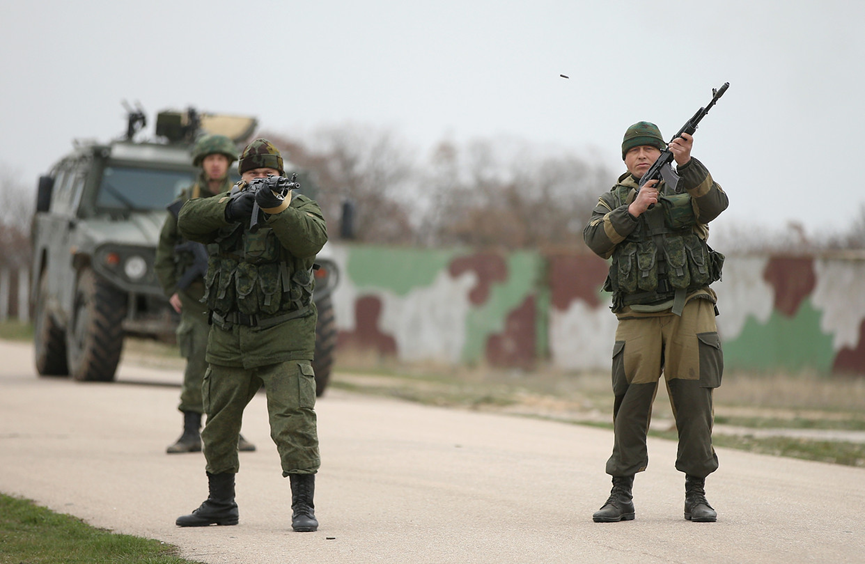
资本最怕不确定,而地缘政治,就是不确定性本身的孵化器。你永远不知道,下一场冲突会在哪爆发、哪国的护照会突然被限制、哪一项产业会因制裁或禁令而陷入“价值归零”。
Geopolitics is the ultimate incubator of uncertainty—and uncertainty is capital's worst enemy. You never know when the next conflict will erupt, which passport might suddenly be restricted, or which industry could collapse due to sanctions or policy bans.

而这种地缘风险的外溢,具体体现在三件事上:
The spillover of geopolitical risks is now manifesting in three key areas:
① 资产迁徙
富人正在将资产从“战略高风险区”撤出,涌入政策中立、身份友好、安全管辖的区域,例如新加坡、迪拜、瑞士等。
Asset Migration:Wealthy individuals are moving capital out of strategically high-risk regions and into politically neutral, investor-friendly jurisdictions such as Singapore, Dubai, and Switzerland.
② 投资收缩
高净值家族对“政治敏感行业”投入减少,例如军工上下游、高度依赖进口/出口的供应链企业。
Investment Contraction:Family offices are scaling back exposure to politically sensitive sectors like defense-adjacent industries or companies heavily reliant on cross-border trade.
③ 多身份布局
越来越多富豪家庭正在申请第二、第三本护照,或设立“中立区域”的家族信托与身份节点,以应对可能的出入境限制、资产冻结等极端事件。
Multi-national Identity Planning:An increasing number of wealthy families are applying for second or third passports and establishing family trusts in neutral regions to hedge against border closures, asset freezes, and other extreme disruptions.
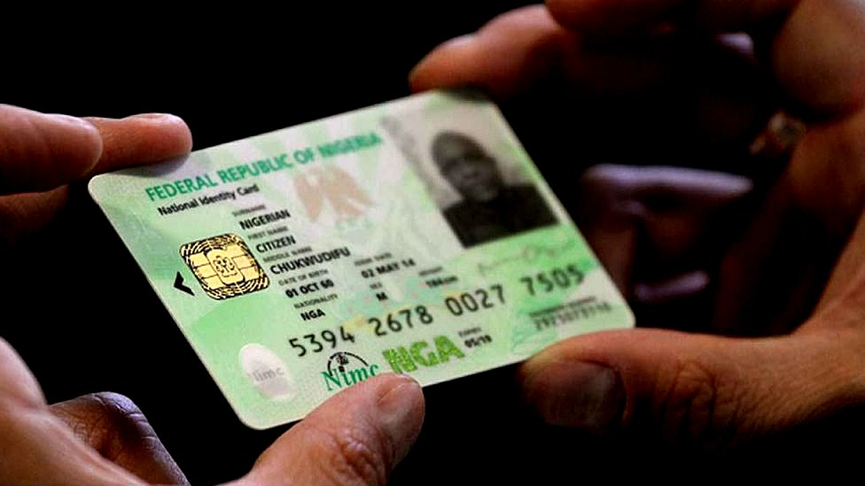
对普通人来说,地缘政治看似很远,但其实影响无处不在:你投的基金有没有俄企?你买的跨境理财产品是否涉及敏感市场?你未来留学或移民的计划会不会突然“被卡住”?这些看不见的线,背后牵着的都是实打实的钱包和人生选项。
To the average person, geopolitics may seem remote, but it is everywhere: Does your fund include Russian firms? Do your offshore investments touch politically volatile markets? Could your education or immigration plans be blocked unexpectedly? These seemingly invisible threads are tied directly to your finances and life trajectory.
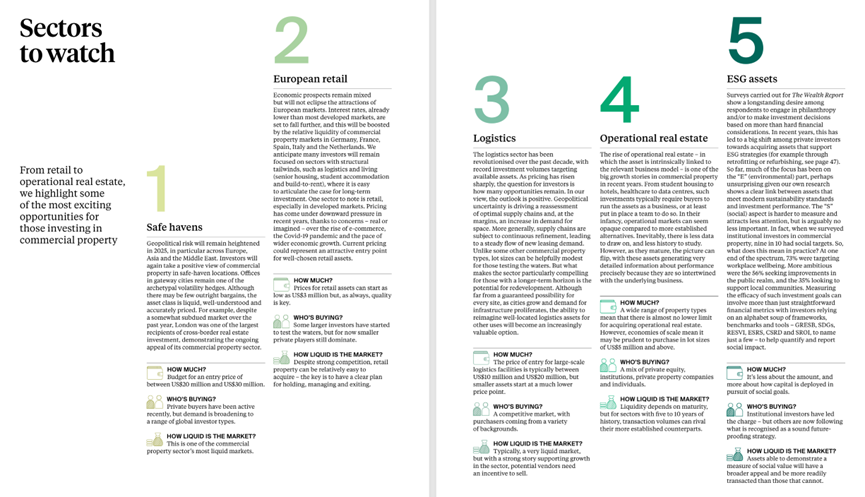
◆ ◆ ◆ ◆
经济结构:滞胀、债务与利率三重博弈
Economic Structure: The Triple Battle of
Stagflation, Debt, and Interest Rates
◆ ◆ ◆ ◆
2025年,一场“看不清楚的问题交织”的经济博弈正悄然上演。一边是各国政府依然试图用“印钱”来稳增长,另一边,全球利率却迟迟降不下来,债务雪球越滚越大,物价上涨,工资停滞,企业开支紧缩,消费者信心低迷。
2025 is witnessing a tangled web of economic pressures. Governments are still printing money to stimulate growth, but interest rates remain stubbornly high, debt continues to balloon, prices rise, wages stagnate, business investment shrinks, and consumer confidence slumps.
说白了,就是:你在花的钱越来越多,赚的钱却越来越难了。Knight Frank 在《财富报告》中指出,当前全球经济面临三重结构性压力,分别是:
In plain terms: life is getting more expensive, while earning is getting harder. The Wealth Report identifies three structural economic stressors shaping the landscape:
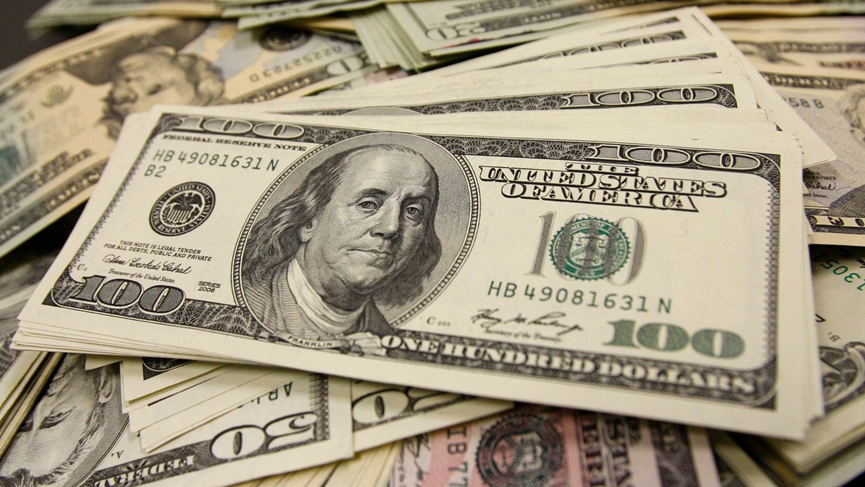
① 滞胀回潮
经济增长停滞,但物价却持续上涨,特别是生活必需品、住房成本、教育医疗等刚性支出。这让中产阶层首当其冲感受到“账面收入没变,但生活质量实打实下降”。这也是为什么富人更青睐“抗通胀资产”如房地产、可再生资源、贵金属——因为他们要的是保值,而不是搏收益。
1. The Return of Stagflation
Economic growth is stagnant, yet prices—especially for essentials like food, housing, healthcare, and education—keep rising. The middle class is hit hardest: nominal incomes are flat, while living standards drop. That's why the wealthy are turning to inflation-resistant assets like real estate, renewable resources, and precious metals—not for profit, but for preservation.
② 全球债务危机预警
据IMF估算,截至2024年底,全球公共债务总量已突破310万亿美元,创历史新高。美国、日本、欧盟等传统强国的财政赤字比例持续飙升,不排除某些主权债务出现“技术性违约”的黑天鹅事件。一旦债务违约连锁反应触发,可能波及金融系统稳定,甚至重演2008那种结构性崩盘。
2. Global Debt Crisis Alert
The IMF estimates that by the end of 2024, global public debt has exceeded $310 trillion—an all-time high. Major economies like the U.S., Japan, and EU are running rising fiscal deficits, raising the specter of technical defaults. If such a crisis spreads, it could destabilize the financial system and spark a repeat of the 2008 collapse.
③ 利率“高位钝化”
美联储和欧洲央行虽释放“降息预期”,但核心通胀依然坚挺,使得利率长期停留在高位。高利率带来的融资成本飙升,让中小企业、楼市、创新型项目普遍承压,整个市场的活力与扩张性明显减弱。
3. High-Rate Stagnation
Despite expectations of rate cuts, inflation remains sticky. Central banks like the Fed and ECB have kept rates elevated, pushing up financing costs. This strains SMEs, real estate, and innovation-heavy ventures, weakening overall economic vitality and momentum.

这些看似宏观的变量,其实会直接影响你我:贷款买房压力大了,换房变得更谨慎;创业融资越来越难,资本不再“撒钱”;基金收益率降低,保守型投资也未必安全。
These “macro-level” issues have personal consequences: Home loans become harder to manage. Fundraising for startups gets tougher. Even conservative investments feel risky.
如果说地缘政治像“外部突击”,那经济结构的问题更像“体内慢病”——不暴雷,却让人长期低烧、无力。而富人早已开始用“避险型资产+多元现金流”应对,而我们呢?
If geopolitics is like an external ambush, then economic strain is like a slow-burning fever. And while the wealthy shift toward diversified assets and stable cash flow, many ordinary people are left exposed.

◆ ◆ ◆ ◆
技术泡沫:AI的神话
还是下一个“纳斯达克崩盘”?
Tech Bubble: Is the AI Hype the Next Nasdaq Meltdown?
◆ ◆ ◆ ◆
要说过去一年最火的关键词,非「AI」莫属。
In the past year, AI has been the undisputed buzzword.
从ChatGPT到Sora,从生成式图像到AI芯片大战,全球科技圈仿佛重回2000年初的互联网盛世。市值飞涨、投行看好、创业潮水般涌动,仿佛只要和AI沾边,就能无限续命。
From ChatGPT to Sora, from generative visuals to the AI chip race, it feels like we're reliving the dot-com era—soaring valuations, Wall Street euphoria, and a gold rush of startups. Anything AI-related seems untouchable.

但Knight Frank在《财富报告2025》中却提醒了一个危险信号:我们正在见证“新科技泡沫的快速膨胀”。
Yet, Wealth Report 2025 sends a sobering warning: a new tech bubble may be inflating rapidly.
回顾过去的历史,每一轮技术变革,几乎都伴随着一轮资本炒作——2000年互联网泡沫,纳斯达克一夜蒸发万亿;2018年加密币暴跌,比特币腰斩;2021年“元宇宙”狂热后沉寂如沙滩泡沫……而今天的AI风口,正在重演当年的情绪轮回。
History shows us that every major tech shift has been followed by capital-driven hype—and eventual correction: The 2000 dot-com crash vaporized trillions. Crypto’s 2018 meltdown slashed Bitcoin’s value in half. The 2021 metaverse craze ended in silence. AI may be on a similar path.
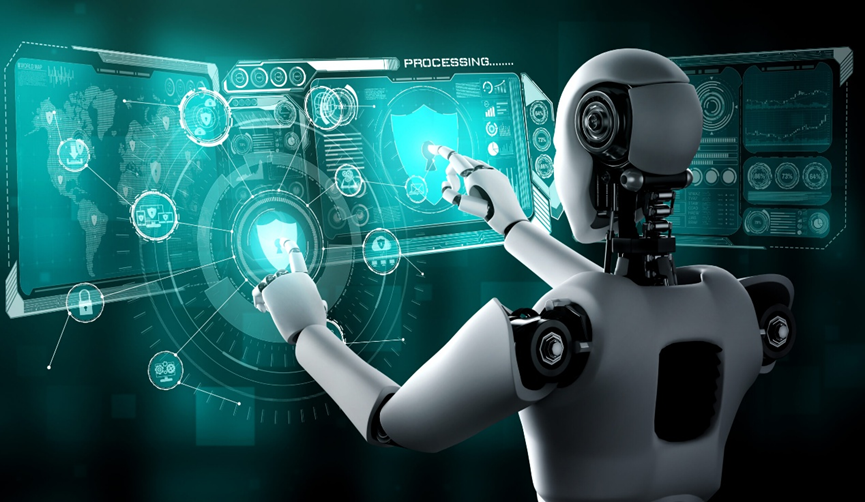
有哪些迹象说明“泡沫已现”?
What are the red flags?
① 资本过度集中
微软、英伟达、Meta等巨头吸走了90%的AI投资流量,中小创新项目融资困难,市场缺乏多元生态。
1. Capital Overconcentration
Tech giants like Microsoft, NVIDIA, and Meta are absorbing over 90% of AI capital. This leaves little for smaller players, stifling ecosystem diversity.
② 商业化未落地
虽然技术惊艳,但多数AI项目仍停留在“概念演示”阶段,缺乏真正可持续的商业模型。
2. Limited Commercial Viability
While the tech impresses, most AI ventures remain in demo mode—with few sustainable monetization paths.
③ 人才与成本泡沫
顶级AI工程师年薪动辄百万美元,但多数公司招人后陷入“养不起、用不动”的窘境,资源错配严重。
3. Talent & Cost Bubble
Top AI engineers command salaries in the millions, yet many firms can’t deploy them effectively. This creates inefficiencies and burns capital.
④ 市场FOMO(错失恐惧)情绪蔓延
很多投资不是基于逻辑判断,而是“别人都买,我不买是不是错过机会了?”——这正是泡沫酝酿的温床。
4. Widespread FOMO Investing
Investments are increasingly driven by fear of missing out, not sound strategy. That’s a textbook setup for a bubble burst.

更关键的是,一旦技术过热叠加宏观利空(高利率、经济衰退、监管收紧),AI资产很可能成为最先“踩雷”的那一批。
Worse yet, if the AI sector overheats while interest rates stay high, or if economic conditions worsen, AI assets could be the first to collapse.
在这点上,富人反而冷静得多。他们正在:避免在AI领域“孤注一掷”;更倾向投资“基础设施”而非“概念项目”;把AI视为“提高运营效率”的工具,而不是投机风口。
Wealthy investors are staying rational: They’re not going all-in on AI. They prefer investing in infrastructure over “hype plays”. They see AI as an efficiency enhancer, not a quick-profit machine.
而普通人如果过度迷信“AI造富神话”,反而可能在下一波技术震荡中深套其中。记住一句话:技术是长期利好,资本情绪却可以是短命的幻觉。
But retail investors chasing the “AI miracle” may find themselves trapped when reality kicks in. Bottom line: Technology can offer long-term gains, but emotional capital bubbles are always short-lived.

◆ ◆ ◆ ◆
识别大风险时代的生存法则:
普通人的底层保护逻辑
How Ordinary People Can Navigate a High-Risk Era:
Survival Strategies for 2025
◆ ◆ ◆ ◆
我们无法决定战争会不会打响、利率会不会飙升、AI会不会崩盘,但我们可以决定:自己是否做好了准备。
We can't control wars, interest rates, or tech corrections—but we can decide how ready we are.
2025这个年份,是不确定性密度极高的一年。你不需要成为地缘专家、经济学家或科技投资人,但你一定要成为“自己的风险官”。
2025 will be a year of dense uncertainty. You don’t need to be a geopolitical analyst, economist, or tech investor—but you must be your own Chief Risk Officer.

《财富报告》的“风险图鉴”背后,其实藏着一条清晰的生存逻辑:在高波动时代,真正能穿越周期的,不是聪明的人,而是“提前踩好刹车的人”。那普通人,能做什么?
Behind the Wealth Report’s risk map lies a simple survival rule: in times of volatility, those who brake early survive best. So what should ordinary people do?
1. 提前划清“可控圈”和“不可控圈”
别再幻想能预测每一次黑天鹅事件,而是要划定:哪些资产我能灵活控制、哪些投资是高依赖市场情绪的、哪些收入渠道太单一。
1. Define What You Can and Cannot Control
Stop chasing every black swan. Instead, focus on: What assets you control; Which investments are emotion-driven; Whether your income streams are diversified.
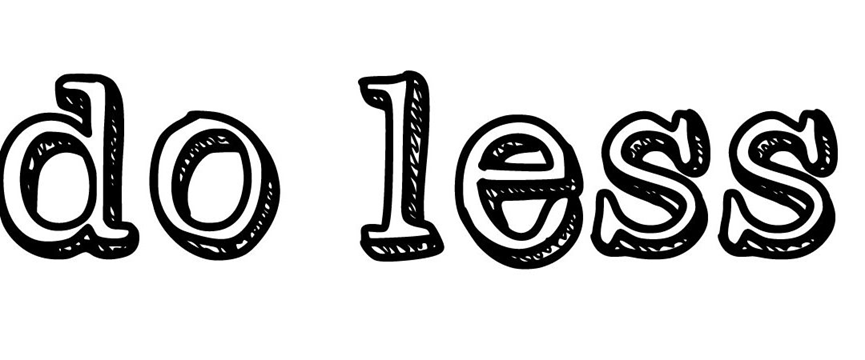
2. 资产配置从“赌未来”,变为“保现在 + 弹性结构”
富人喜欢分散配置,是因为他们知道:不确定时代里,“收益率”变得不重要,“生存率”才最重要。对于普通人来说,也可以尝试:适当配置实物类资产(如稳定租金的物业、黄金等);组合低风险+中风险理财产品,减少全押波动资产;预留6~12个月现金流,避免被动抛售。
2. Shift from “Betting on the Future” to “Protecting the Present + Building Resilience”
The wealthy diversify to survive, not to outperform. So should you:Add tangible, yield-generating assets like real estate or gold. Balance low- and medium-risk investments. Maintain 6–12 months of cash to avoid forced liquidations.
3. 理解“非金融资产”的抗风险能力
一个健康的身体、稳定的亲密关系、可迁移的职业技能、多元身份通道……这些听起来“不值钱”的东西,才是在系统性风险爆发时真正保命的“底层护盾”。你能在哪生活、靠什么挣钱、跟谁组队,这些决定你能不能“躲开第一波冲击”。
3. Recognize the Strength of “Non-Financial Assets”
Your health, relationships, adaptable skillsets, and mobility may not appear on a portfolio—but they’re your true lifelines during systemic shocks. Where can you live? How can you earn? Who’s in your inner circle? These factors often determine who withstands the first blow.

所以,面对地缘动荡、经济滞涨、科技泡沫,我们不是要变成“惊弓之鸟”,而是要学会提前布防、灵活应对、留有余地。这是所有能穿越周期的人共同具备的特质。
In a world rocked by geopolitical tremors, economic fatigue, and tech hype, we don’t need to panic—we need to prepare, adapt, and leave room for error.
也许我们无法避开所有风险,但我们可以不让自己变成最脆弱的那批人。
\We may not avoid every risk, but we can choose not to be among the most vulnerable.


